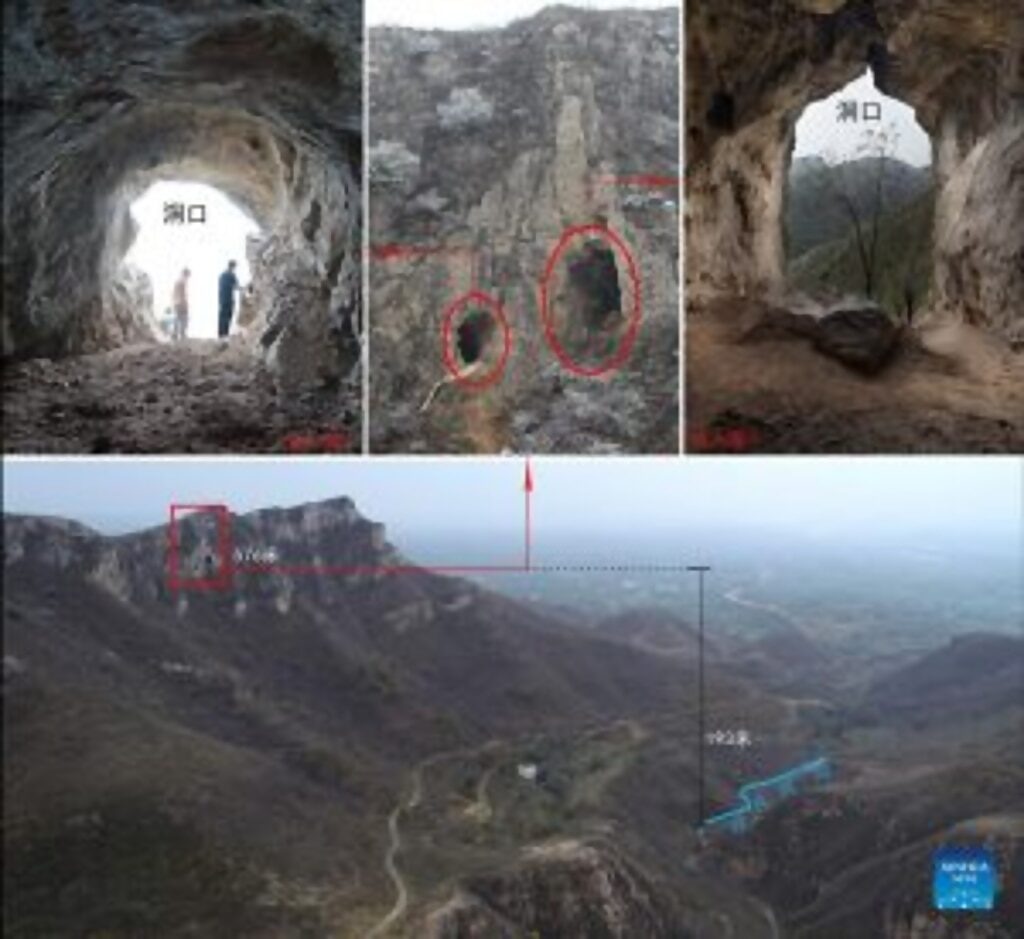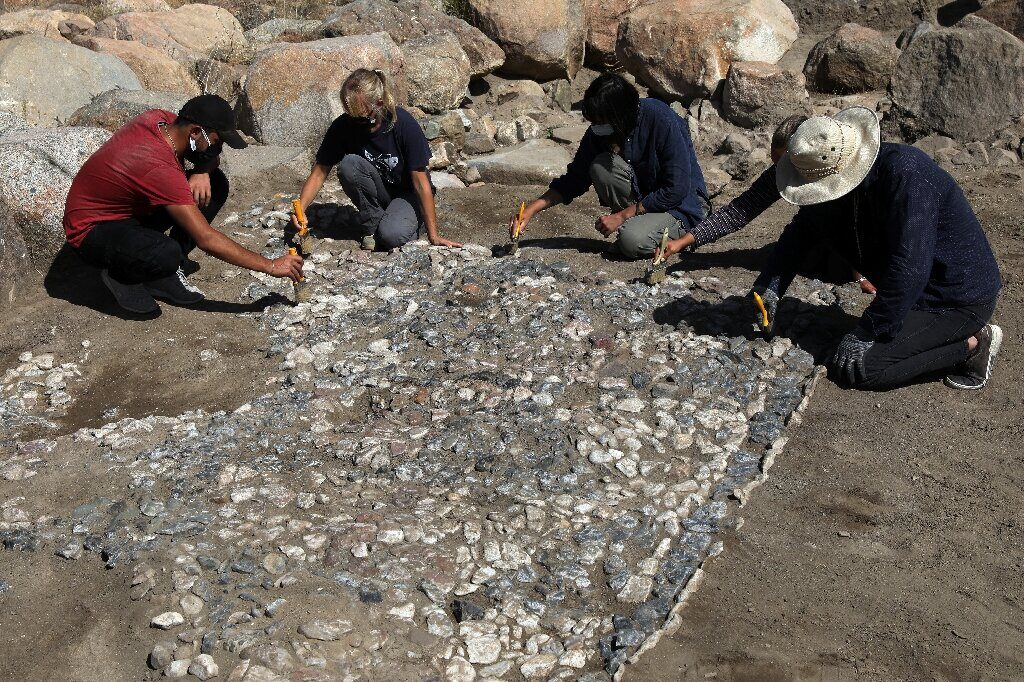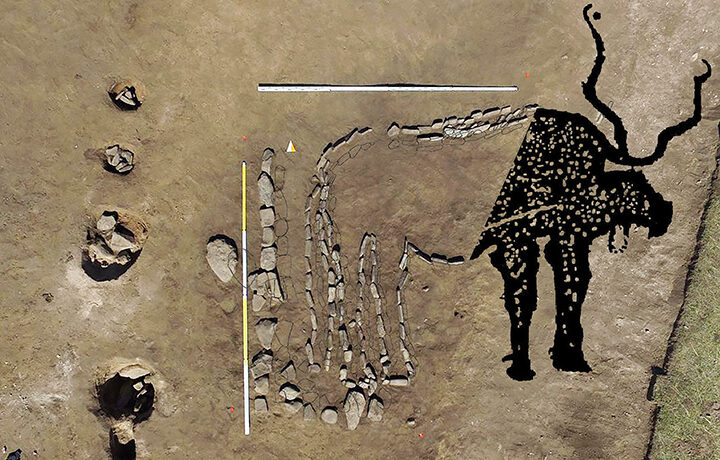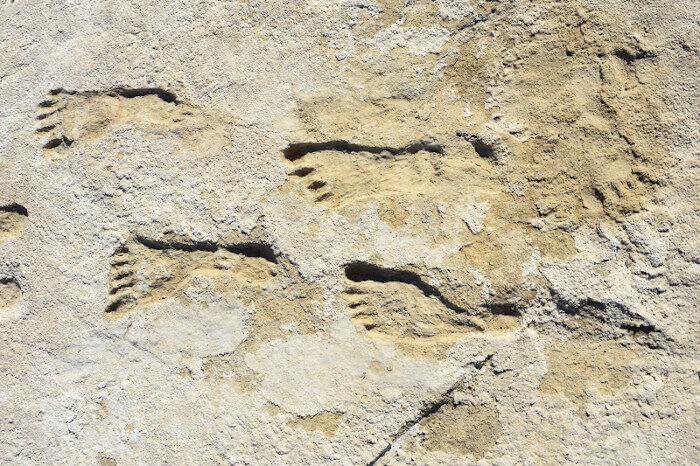OF THE
TIMES
"[James Burnham is] the real intellectual founder of the neoconservative movement and the original proselytizer, in America, of the theory of 'totalitarianism.'"In the first part of this two part series, I went over how the roots for the World Economic Forum's Great Reset can very clearly be traced back to 80 years ago, when an American, former high-level Trotskyist who later went on to become the intellectual founding father of neo-conservatism, James Burnham, wrote a book on his vision for "The Managerial Revolution." And that it was in fact, these ideologies of Burnham that triggered Orwell to write his "1984".
- Christopher Hitchens, "For the Sake of Argument: Essay and Minority Reports"



"In searching for a common enemy against whom we can unite, we came up with the idea that pollution, the threat of global warming, water shortages, famine and the like, would fit the bill. In their totality and their interactions these phenomena do constitute a common threat which must be confronted by everyone together. But in designating these dangers as the enemy, we fall into the trap, which we have already warned readers about, namely mistaking symptoms for causes. All these dangers are caused by human intervention in natural processes, and it is only through changed attitudes and behaviour that they can be overcome. The real enemy then is humanity itself."It is no surprise that with such a conclusion, part of the solution prescribed was the need for population control.


Comment: See also: